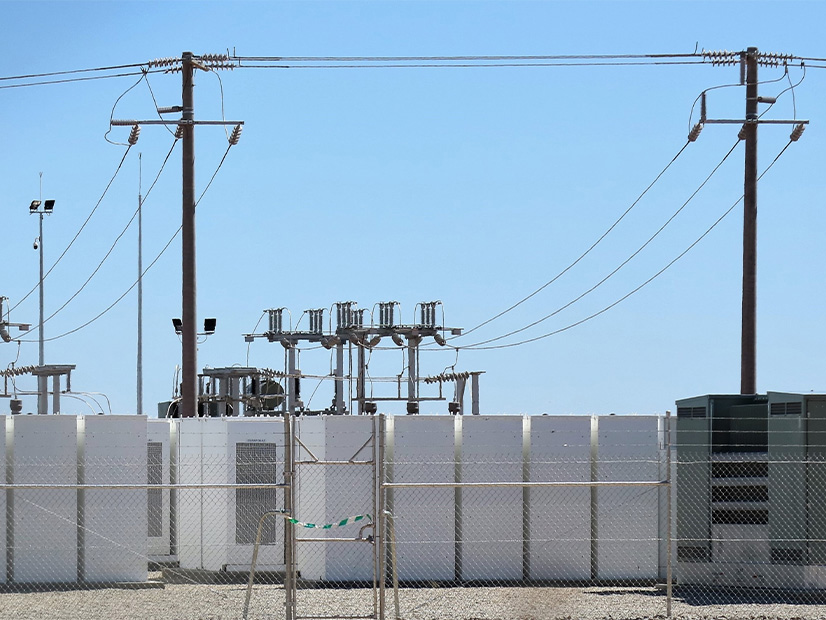A new paper examines how the electricity sector can properly value distributed energy resources so they can be deployed efficiently as non-wires alternatives to reduce grid operating costs and delay system upgrades.
Published in the latest issue of Electric Power Systems Research, “Valuing distributed energy resources for non-wires alternatives” was written by Nicholas Laws, Michael Webber and Dongmei Chen of the University of Texas’ Walker Department of Mechanical Engineering.
With electricity demand growing because of electrification, population growth and other factors, distribution utilities need to increase overall capacity and upgrade equipment to maintain reliability.
“However, those traditional actions related to the wires and poles of the distribution system might not keep pace with load growth that will accommodate rapid electric vehicle adoption or widespread installation of electric heat pumps as a way to reduce on-site fuel use for space and water heating,” the paper said. “As a consequence, there is an acute need for non-wires alternatives that can be used to improve overall system performance. Some of those alternatives include demand response and distributed energy resources, such as local power generation and/or storage.”
DERs can help meet growing demand at a lower cost than gold-plating the grid, but traditional utility funding models and market signals are not adapted to deploying them properly.
The trick is making it so that DERs and the distribution system both benefit from the investment. DERs can be built to serve a customer’s need without any thought to their impact on the grid, but getting the price signals right can ensure they are available to address overloaded and other problem areas on the system.
“Valuing DER for non-wires alternatives appropriately is a difficult task,” the paper said. “The framework proposed in this work accounts for both the system planner’s perspective and the DER investor perspectives.”
The paper advocates for a “bilevel optimization framework” to minimize system planning costs while ensuring that DER developers get their required rate of returns.
Under FERC Order 2222, which requires all jurisdictional RTOs/ISOs to allow DER aggregations to participate in wholesale markets, system planners will have to work with DER investors to plan efficient distribution power systems.
The paper ran a study of the optimization it proposed on a 20-year lifecycle for some upgrades: including four power lines and three transformers.
Without any DERs or battery storage, it found upgrades would total $8.41 million, which fell to $6.43 million with the utility investing in batteries. While the batteries save money over time, they effectively doubled the upfront costs of the utility.
But paying DERs to do the same avoids the higher capital expenditure from the utility up front and cuts costs over 20 years to just $5.42 million. DERs cut back required grid upgrades to just one line and one transformer — instead of four lines and three transformers — while the batteries still required three lines upgraded and two transformers.
The right price signals can help DERs offset their costs through energy sales, which also lower systemwide power costs, the paper said.




